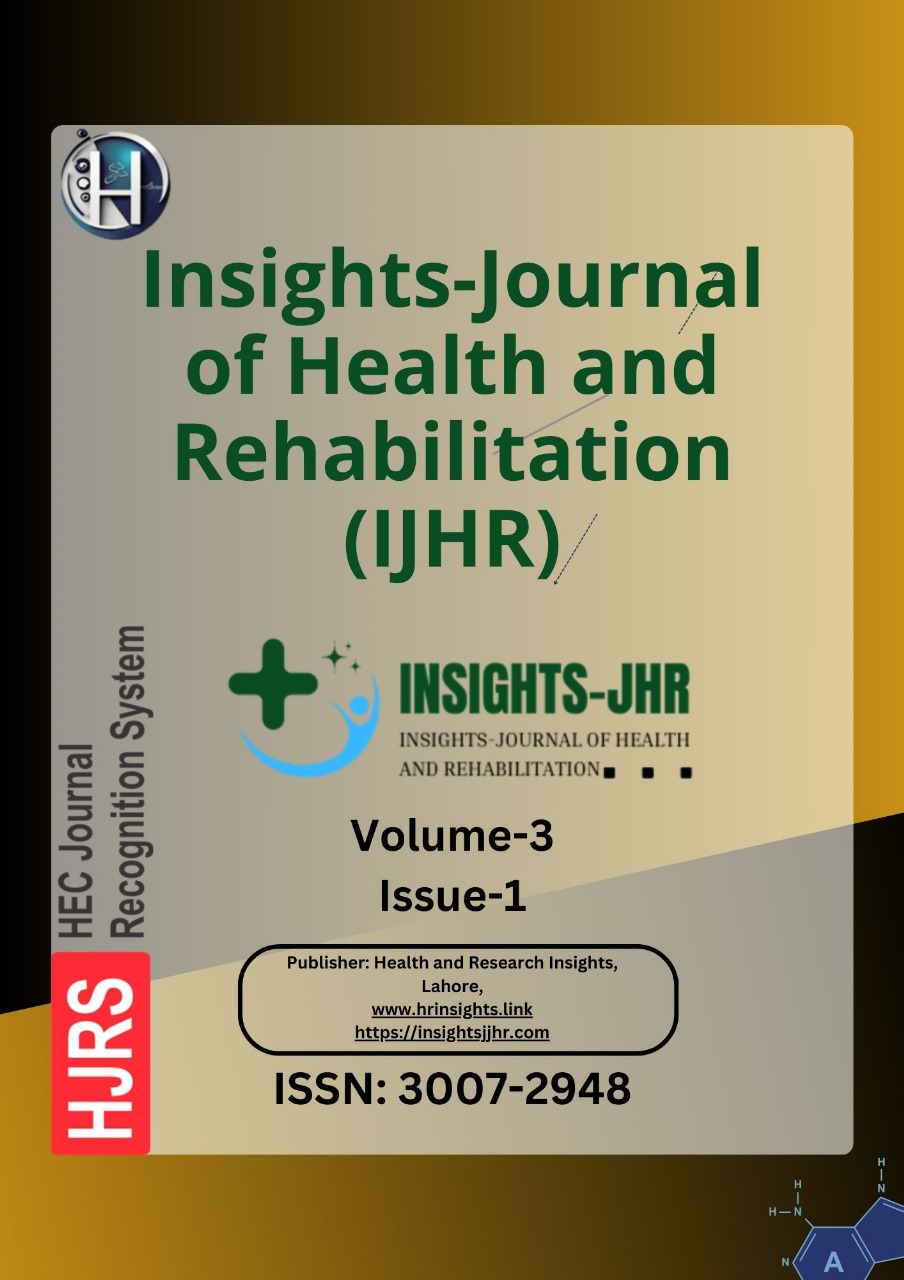PREVALENCE OF SLEEP PROBLEMS AND ITS ASSOCIATION WITH SPORTS PARTICIPATION AMONG UNDERGRADUATE UNIVERSITY STUDENTS
DOI:
https://doi.org/10.71000/r2b37127Keywords:
Athletic performance, Physical activity, Pittsburgh Sleep Quality Index, Sleep hygiene, Sleep latency, Sleep quality, University studentsAbstract
Background: Sleep is a fundamental physiological process essential for cognitive function, mental well-being, and overall health. However, sleep disturbances among university students have become increasingly prevalent, often leading to adverse academic and health-related outcomes. Physical activity, particularly sports participation, has been suggested to enhance sleep quality, but conflicting findings exist. Limited research has directly examined the association between sports participation and sleep quality among university students. This study aimed to assess the prevalence of sleep disturbances and evaluate the impact of sports participation on sleep quality in undergraduate university students.
Objective: To investigate the association between sports participation and the prevalence of sleep disturbances among undergraduate students and compare the sleep quality of student-athletes and non-athlete students.
Methods: A cross-sectional study was conducted among 378 undergraduate university students (males = 211, females = 167), aged 17–28 years (M = 21.30, SD = 1.822), randomly selected from five universities. Data collection involved the Pittsburgh Sleep Quality Index (PSQI), demographic information, and an assessment of physical activity levels. Sleep quality was analyzed using independent samples t-tests and chi-square tests with IBM SPSS Statistics V22.0.
Results: The mean global PSQI score was significantly lower in student-athletes (M = 4.53, SD = 1.73) than in non-athletes (M = 7.22, SD = 3.02), t(376) = 10.37, p < .001, indicating better sleep quality in student-athletes. Good sleepers (PSQI ≤ 5) were significantly more prevalent among athletes (77.6%) compared to non-athletes (32.4%) (p < .001). Student-athletes showed significantly lower scores in subjective sleep quality (M = 0.55 vs. M = 1.16, p < .001), sleep latency (M = 1.16 vs. M = 1.81, p < .001), sleep disturbances (M = 1.01 vs. M = 1.15, p = .002), and daytime dysfunction (M = 0.92 vs. M = 1.50, p < .001). However, 22.4% of student-athletes still exhibited poor sleep quality, highlighting sleep-related concerns even among active individuals.
Conclusion: While student-athletes exhibited significantly better sleep quality compared to non-athletes, sleep disturbances were prevalent in both groups. Promoting structured physical activity programs and targeted interventions in university settings may help mitigate sleep-related issues. Addressing sleep hygiene in both athletic and non-athletic populations remains crucial for overall health and academic success.
Downloads
Published
Issue
Section
License
Copyright (c) 2025 Mahpara Kanwal, Fariq Ahmed, Muhammad Azam, Asif Ali (Author)

This work is licensed under a Creative Commons Attribution-NonCommercial-NoDerivatives 4.0 International License.







